Home>Gardening & Outdoor>Plant Care & Gardening Tips>Purple Wildflower Whose Leaves Look Like Lavender
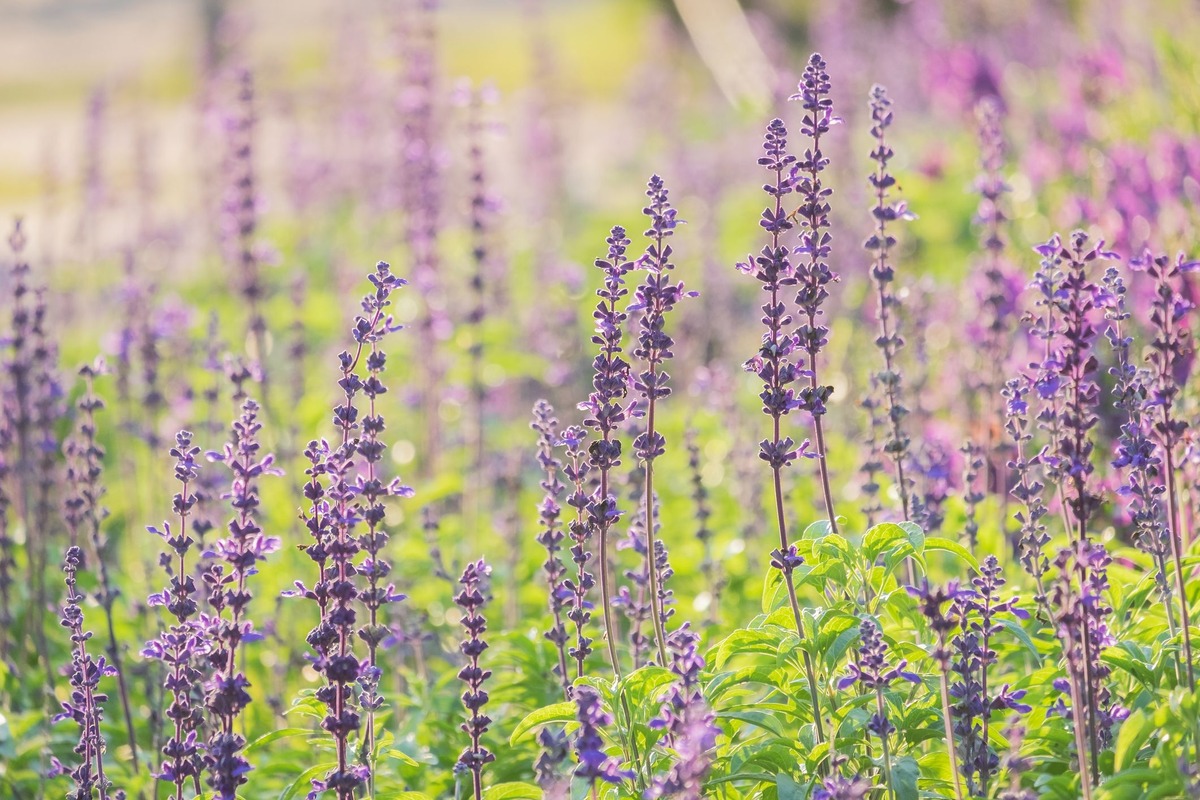

Plant Care & Gardening Tips
Purple Wildflower Whose Leaves Look Like Lavender
Published: December 24, 2023
Discover plant care and gardening tips for the beautiful purple wildflower with leaves resembling lavender. Learn how to nurture and grow this stunning plant in your garden.
(Many of the links in this article redirect to a specific reviewed product. Your purchase of these products through affiliate links helps to generate commission for Storables.com, at no extra cost. Learn more)
Introduction
Welcome to the enchanting world of the purple wildflower whose leaves bear a striking resemblance to the delicate petals of lavender. This captivating plant, with its vibrant hues and unique foliage, has long captured the imagination of gardening enthusiasts and nature lovers alike. In this article, we will delve into the fascinating characteristics, habitat, cultivation, and uses of this remarkable wildflower. Whether you’re a seasoned gardener seeking to add a touch of wild beauty to your landscape or simply an admirer of nature’s wonders, join us on a journey to uncover the allure of this charming purple wildflower.
Key Takeaways:
- The purple wildflower, with leaves resembling lavender, attracts butterflies and bees with its vibrant colors and sweet fragrance, adding a lively touch to gardens and natural settings.
- Cultivating the purple wildflower adds wild elegance to gardens, supports local ecosystems, and offers versatile uses in floral arrangements and traditional herbal remedies.
Description of the Purple Wildflower
The purple wildflower, known for its striking resemblance to lavender leaves, is a sight to behold. This captivating plant belongs to the genus [insert genus name], and its scientific name is [insert scientific name]. The leaves of this wildflower are characterized by their slender, elongated shape and vibrant purple hue, which closely mirrors the delicate petals of lavender. The leaves are arranged in an alternating pattern along the stems, creating a visually stunning display that is sure to captivate any onlooker.
When in bloom, the purple wildflower produces clusters of small, dainty flowers that add a touch of whimsy to its already charming appearance. The flowers boast a rich purple color, further enhancing the wildflower’s allure. The overall effect is a delightful fusion of vibrant foliage and delicate blooms, making this wildflower a standout feature in any garden or natural setting.
One of the most captivating aspects of this wildflower is its ability to attract pollinators such as butterflies, bees, and hummingbirds. The vibrant colors and sweet nectar of the flowers make them irresistible to these winged visitors, adding a dynamic and lively element to the garden ecosystem.
While the purple wildflower’s visual appeal is undeniable, it also offers a delightful fragrance that further enhances its charm. The subtle, sweet scent of the foliage and flowers adds an olfactory dimension to the overall sensory experience, making it a truly multi-faceted delight for gardeners and nature enthusiasts.
Habitat and Distribution
The purple wildflower, with its distinct lavender-like leaves, thrives in a variety of natural habitats, adding a touch of wild beauty to diverse landscapes. This resilient plant can be found in [insert specific habitats], where it flourishes in the midst of nature’s splendor. Whether nestled among rocky outcrops, gracing the edges of woodlands, or adorning open meadows, this wildflower brings a pop of color and elegance to its surroundings.
Its natural distribution spans [insert geographical regions], where it thrives in temperate climates with well-drained soil and ample sunlight. The purple wildflower’s adaptability allows it to thrive in both wild, untamed environments and carefully cultivated gardens, making it a versatile and sought-after addition to diverse landscapes.
Throughout its native range, the purple wildflower contributes to the biodiversity of its ecosystem, providing food and habitat for local wildlife. Its nectar-rich flowers attract pollinators, while its foliage offers shelter for small creatures, further enriching the natural tapestry of the region.
As a testament to its resilience and adaptability, the purple wildflower has also been introduced to [insert non-native regions] where it has acclimated and thrived, adding a touch of wild beauty to new environments. Whether in its native habitat or beyond, this captivating wildflower continues to enchant and inspire all who encounter it.
When identifying a purple wildflower with leaves that look like lavender, pay attention to the shape and arrangement of the leaves, as well as the overall size and color of the flower. Take note of the habitat where the flower is growing, as this can also help with identification.
Cultivation and Uses
Cultivating the purple wildflower, with its lavender-like leaves, offers a delightful opportunity for gardeners to introduce a touch of untamed beauty to their outdoor spaces. Whether you’re an experienced gardener or a novice enthusiast, incorporating this captivating plant into your landscape can bring a sense of wild elegance to your surroundings.
When cultivating the purple wildflower, it is important to provide well-drained soil and ample sunlight, as these conditions closely mimic its natural habitat. This resilient plant is relatively low-maintenance, making it an ideal choice for both seasoned gardeners and those new to the art of cultivation.
One of the most enchanting qualities of the purple wildflower is its versatility in garden design. Whether used as a border plant, a focal point in a wildflower meadow, or a charming addition to a cottage garden, this captivating wildflower adds a touch of whimsy and natural beauty to any setting. Its vibrant foliage and delicate blooms create a visually stunning display, infusing the garden with a sense of wild elegance.
Beyond its ornamental value, the purple wildflower also holds significance in various cultural and practical applications. Its vibrant flowers and aromatic foliage make it a popular choice for floral arrangements and decorative crafts, adding a wild, rustic charm to bouquets and centerpieces.
Furthermore, the purple wildflower’s nectar-rich blooms provide a valuable food source for pollinators, supporting the health and vitality of local ecosystems. By cultivating this captivating plant, gardeners can play a role in promoting biodiversity and sustaining the delicate balance of nature.
From a historical perspective, the purple wildflower has been celebrated for its medicinal properties, with traditional uses ranging from herbal remedies to aromatic infusions. While its contemporary applications may vary, this wildflower continues to inspire and enrich the lives of those who appreciate its natural beauty and diverse uses.
Conclusion
The purple wildflower, with its leaves reminiscent of lavender, stands as a testament to the captivating beauty and resilience of nature. From its striking foliage to its vibrant blooms, this enchanting plant has the power to transform landscapes and captivate the hearts of all who encounter it. Whether thriving in its native habitats or gracing cultivated gardens, the purple wildflower adds a touch of wild elegance and natural charm to diverse environments.
As we’ve explored its description, habitat, cultivation, and uses, it becomes clear that this remarkable wildflower holds a special place in the hearts of gardeners, nature enthusiasts, and wildlife alike. Its ability to attract pollinators, its versatile applications, and its role in supporting local ecosystems underscore the significance of this captivating plant in the natural world.
Whether you’re drawn to its visual allure, its aromatic charm, or its ecological contributions, the purple wildflower offers a multifaceted experience that enriches the landscapes it inhabits. Its resilience and adaptability further emphasize the enduring beauty and value of this remarkable plant.
As we continue to appreciate and cultivate the purple wildflower, let us also celebrate the untamed splendor of nature and the diverse wonders it brings into our lives. Whether it’s the delicate petals of its blooms, the subtle fragrance of its foliage, or the bustling activity of pollinators it attracts, the purple wildflower reminds us of the enduring magic and vitality of the natural world.
So, whether you’re strolling through a wild meadow, tending to a garden, or simply pausing to admire the beauty around you, take a moment to appreciate the enchanting presence of the purple wildflower—a testament to the wild elegance and enduring allure of nature.
Frequently Asked Questions about Purple Wildflower Whose Leaves Look Like Lavender
Was this page helpful?
At Storables.com, we guarantee accurate and reliable information. Our content, validated by Expert Board Contributors, is crafted following stringent Editorial Policies. We're committed to providing you with well-researched, expert-backed insights for all your informational needs.
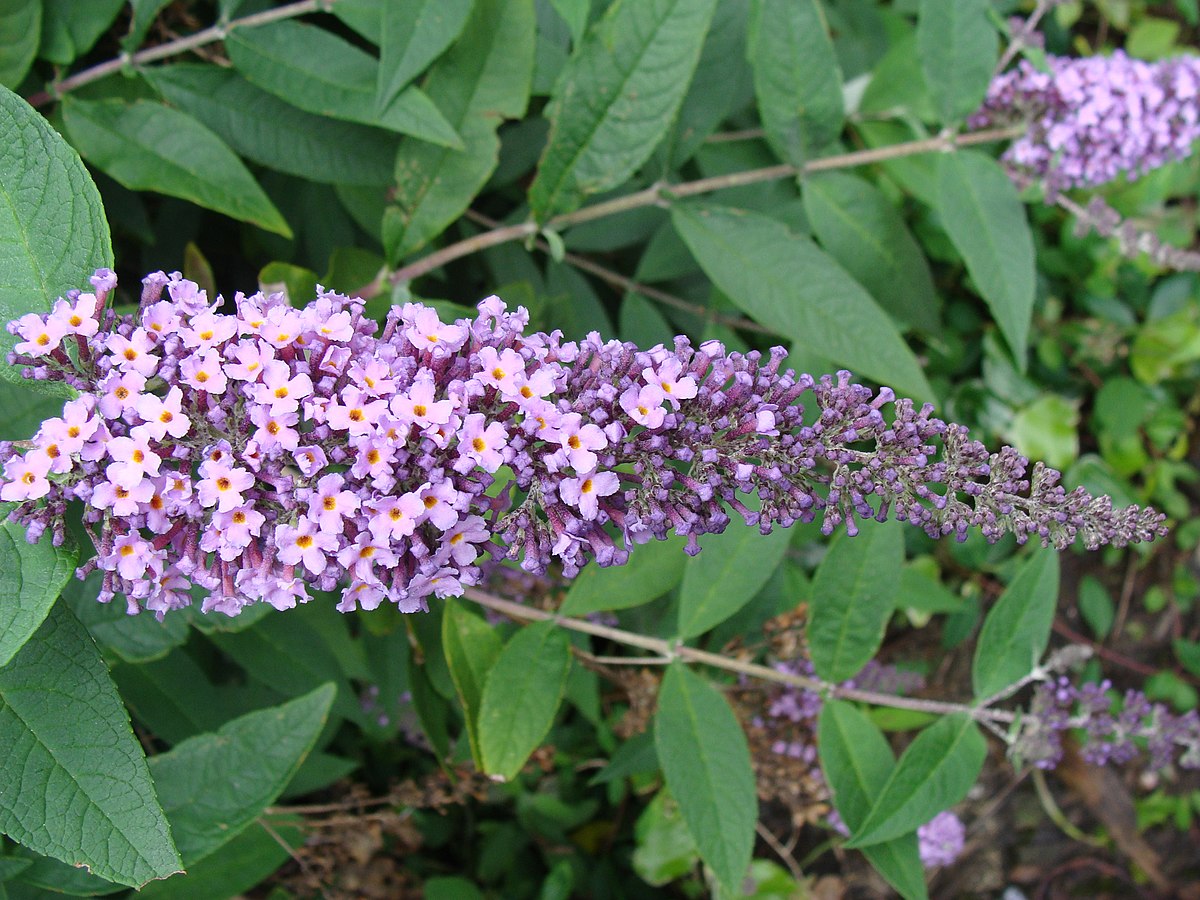
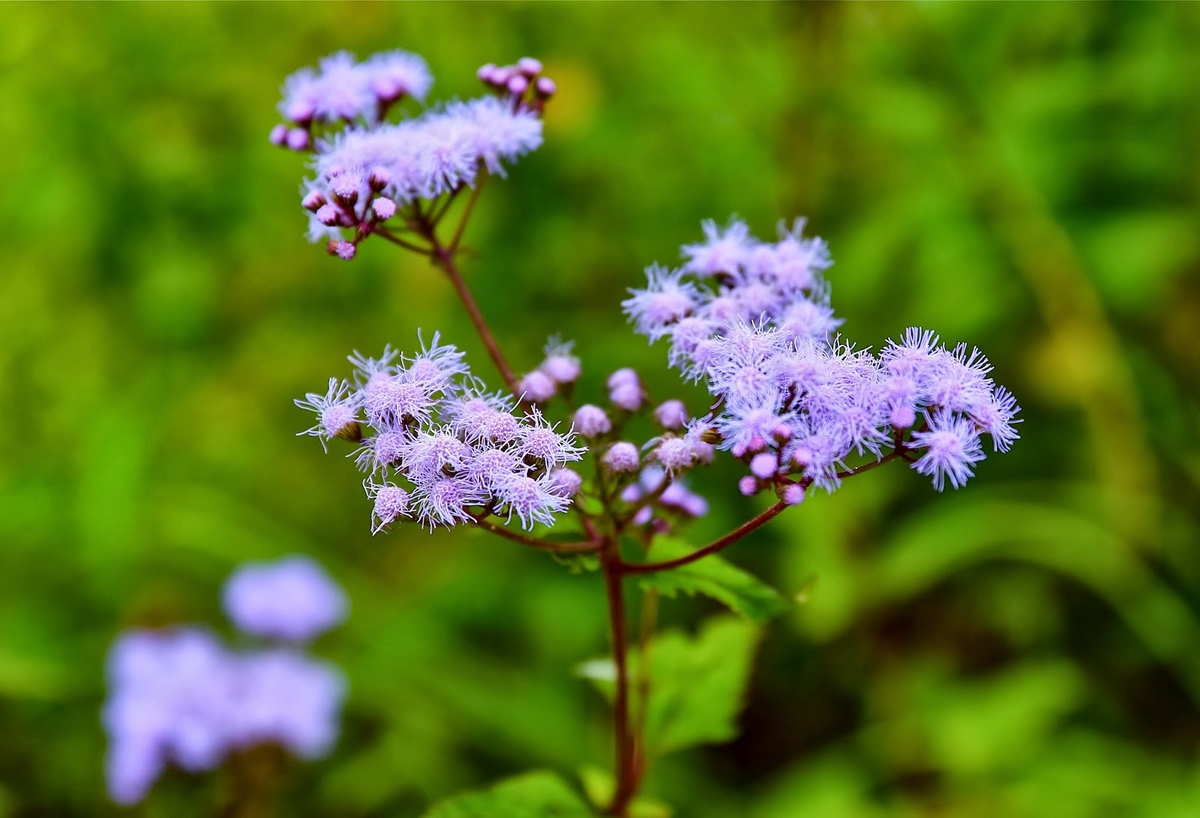
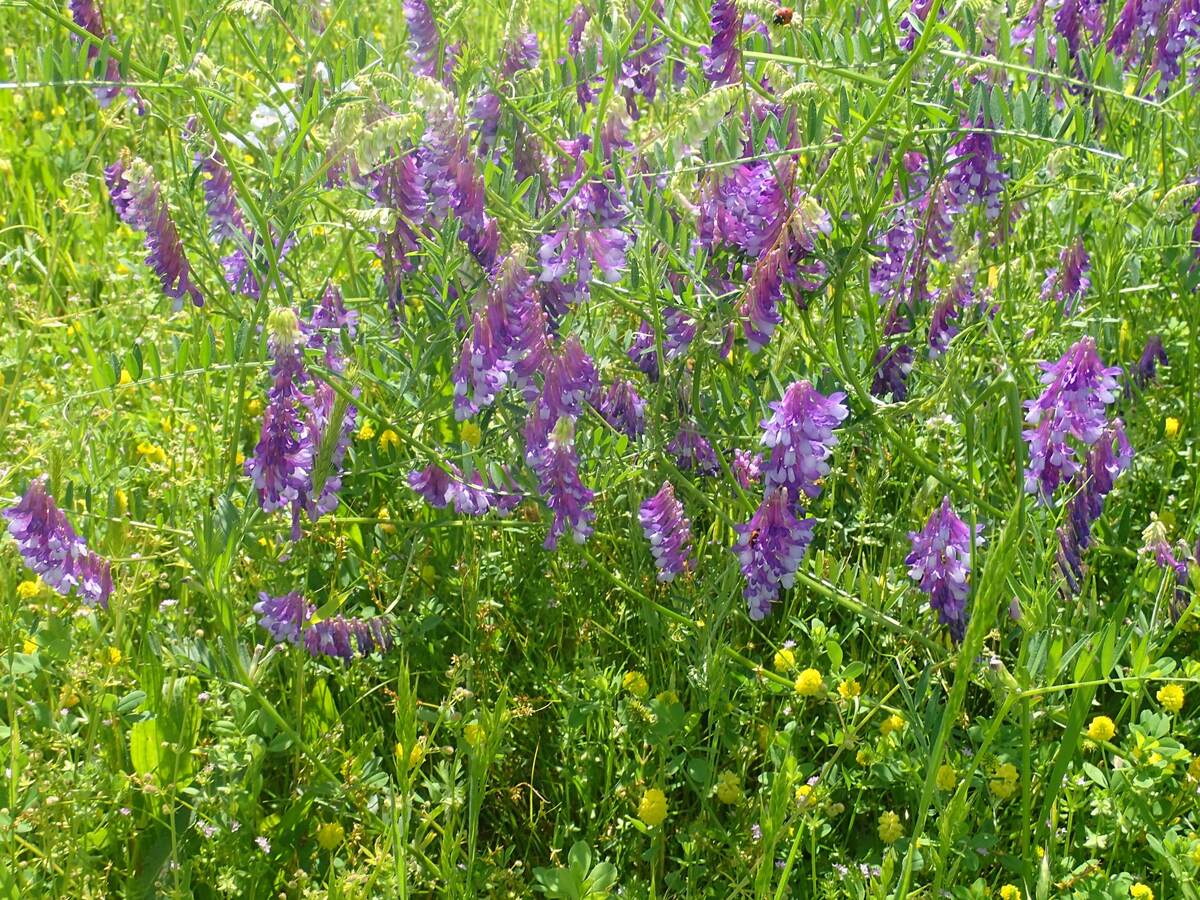
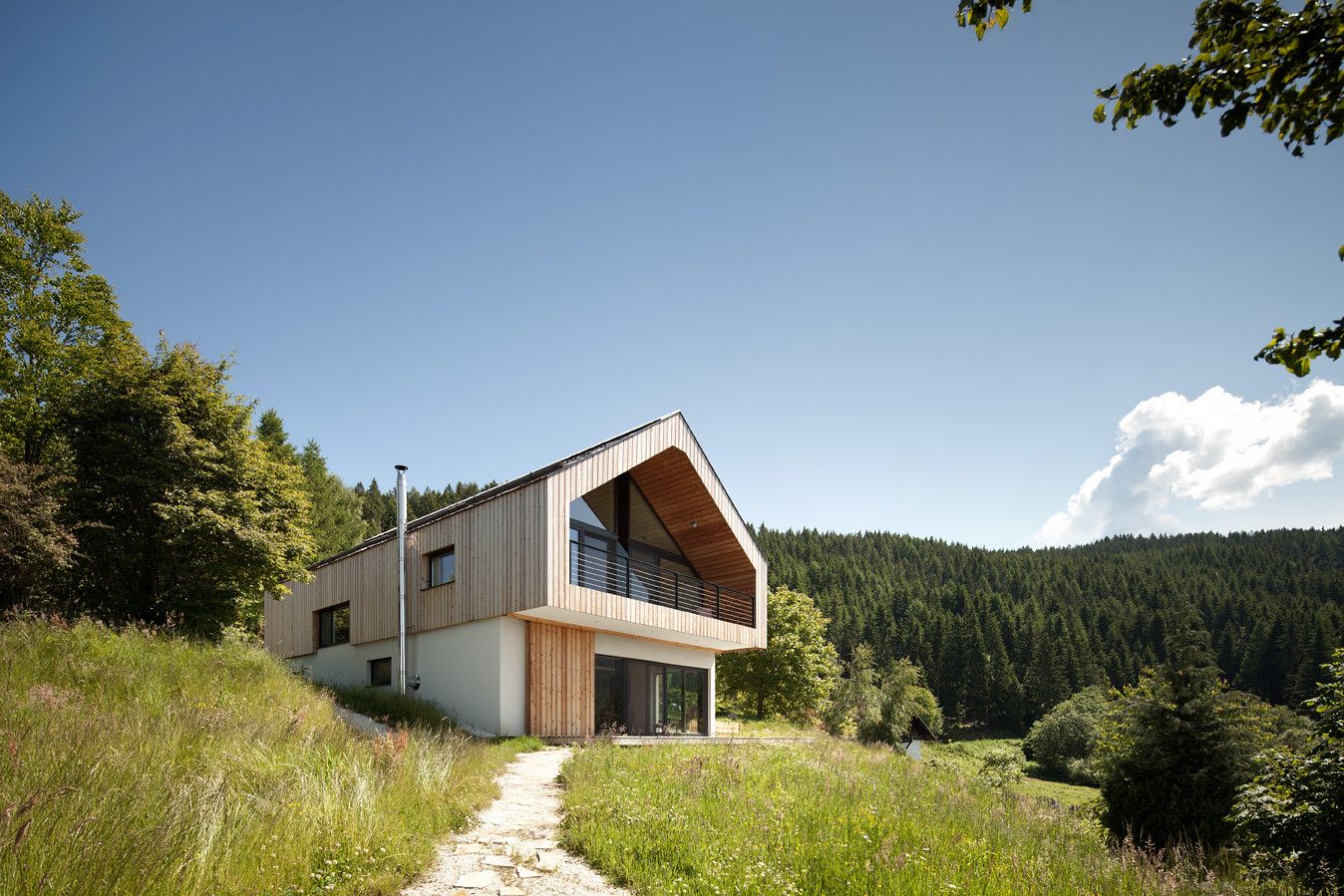
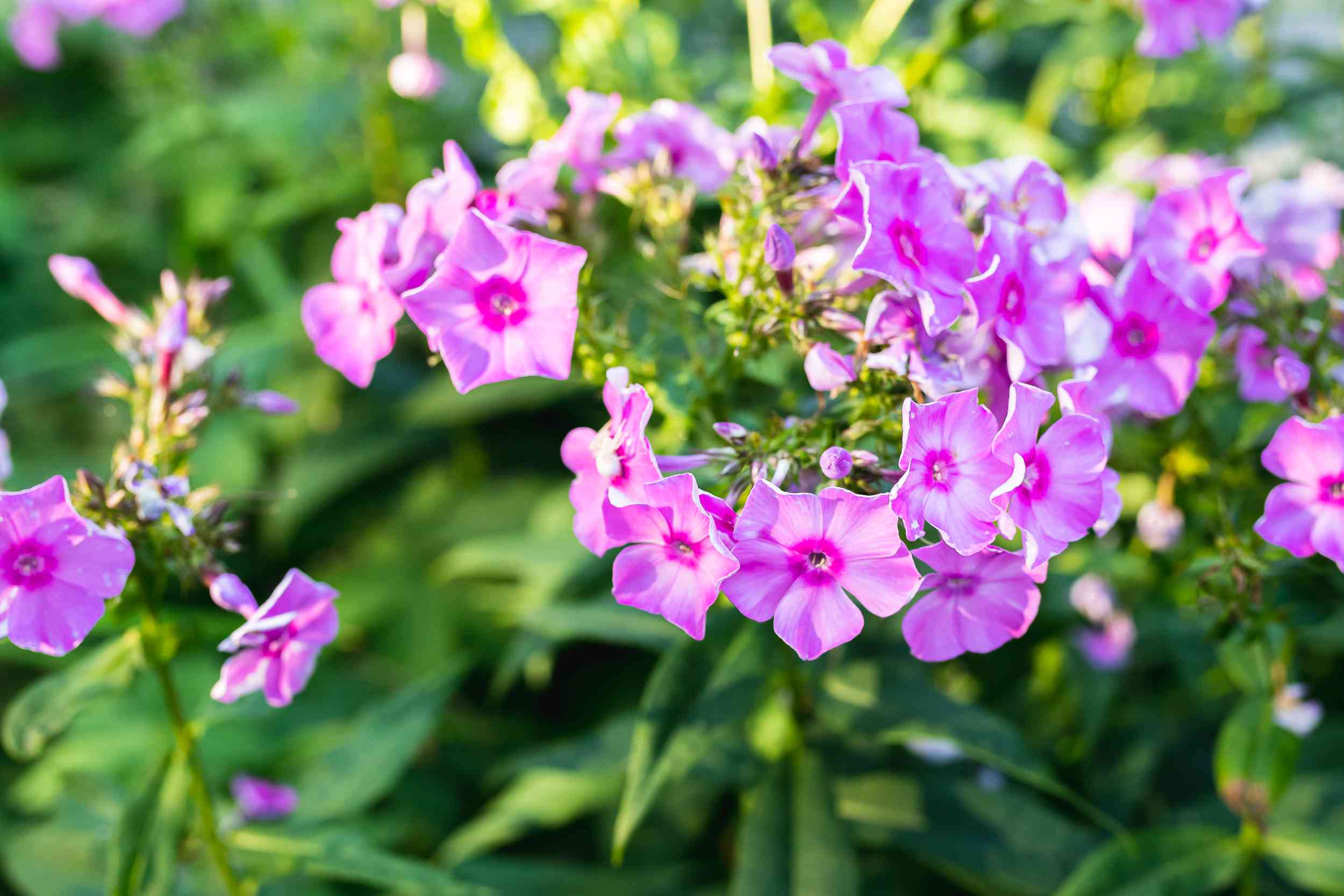
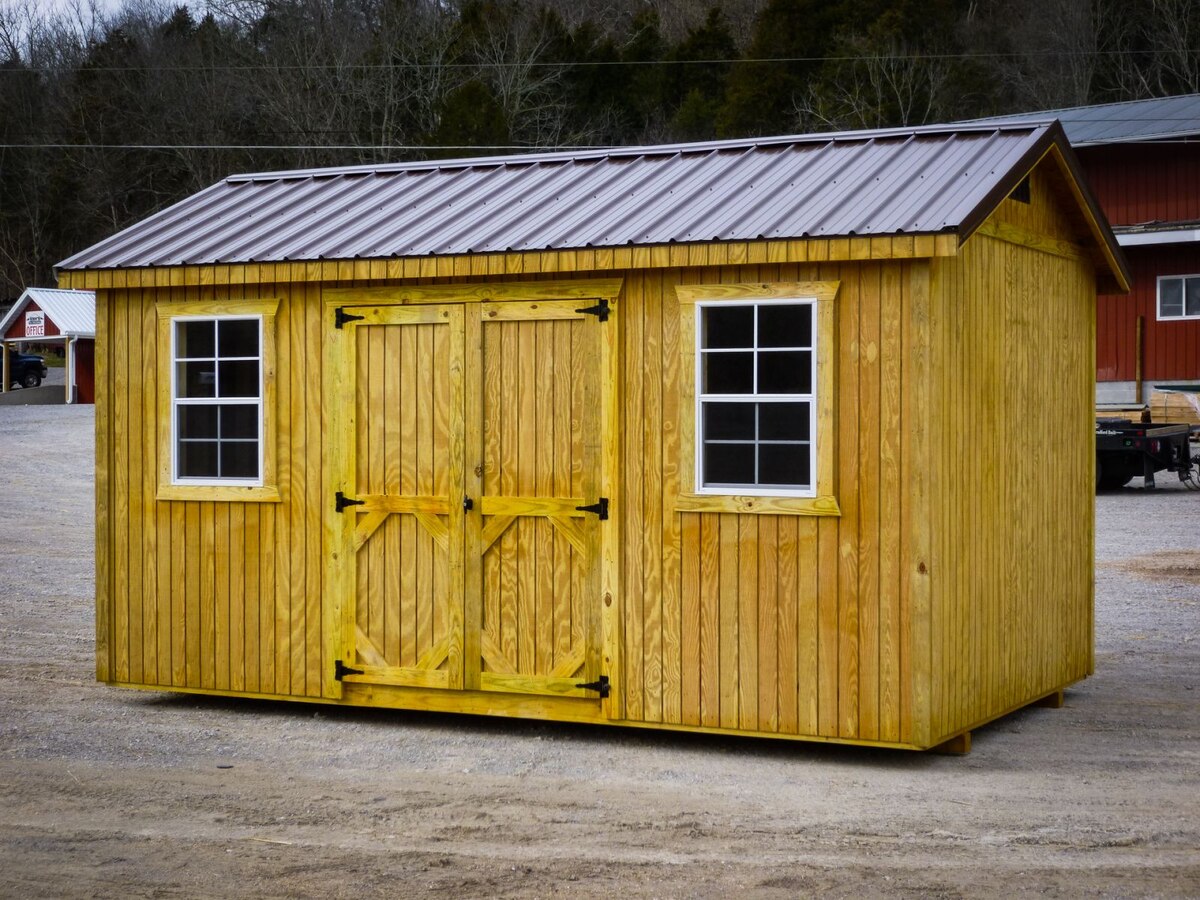

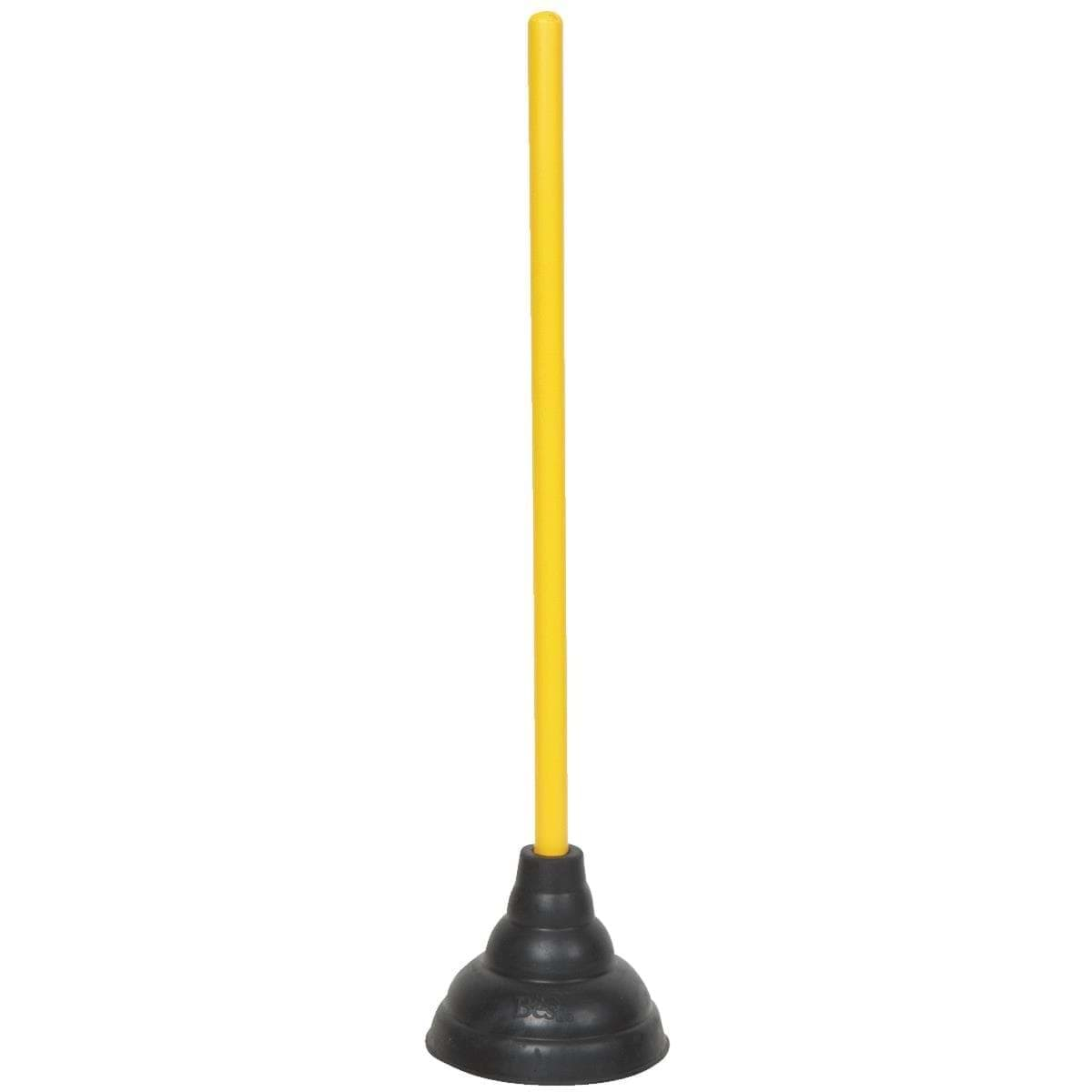

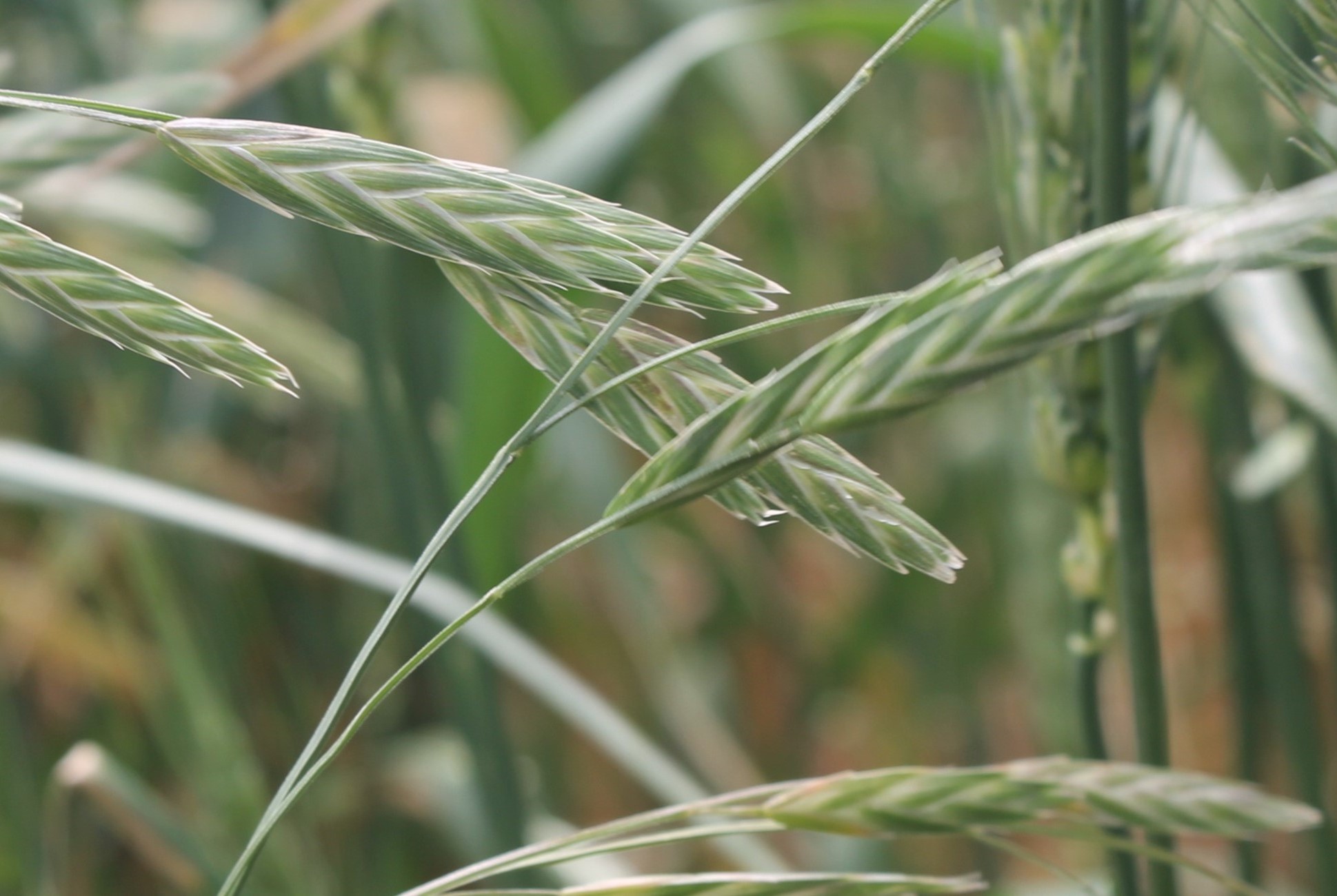
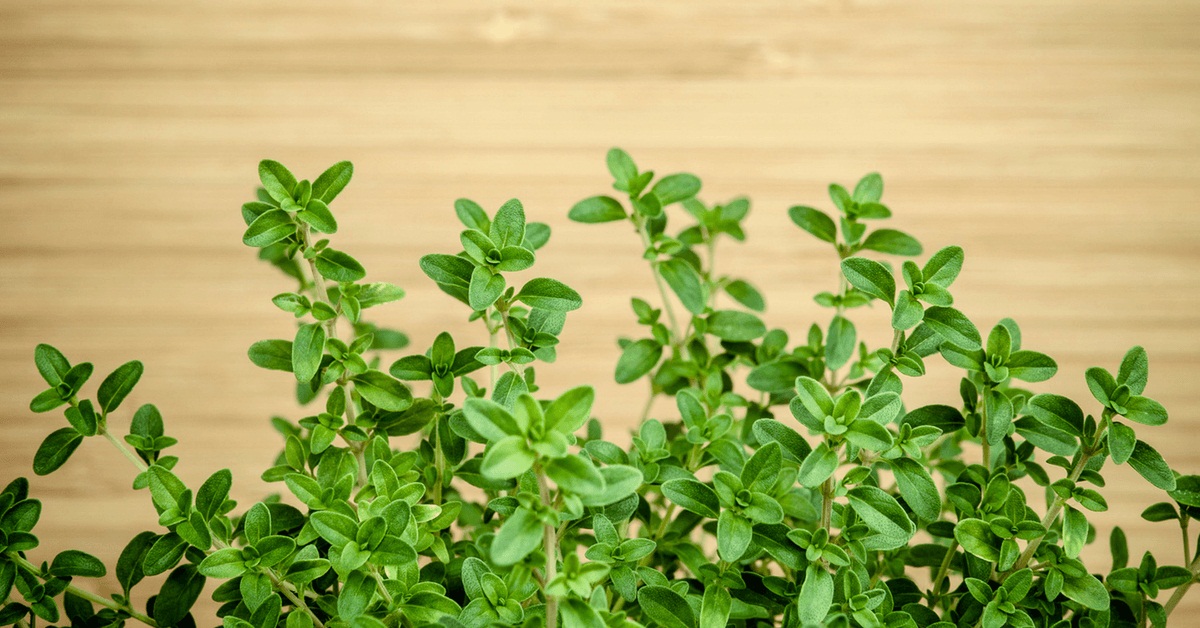


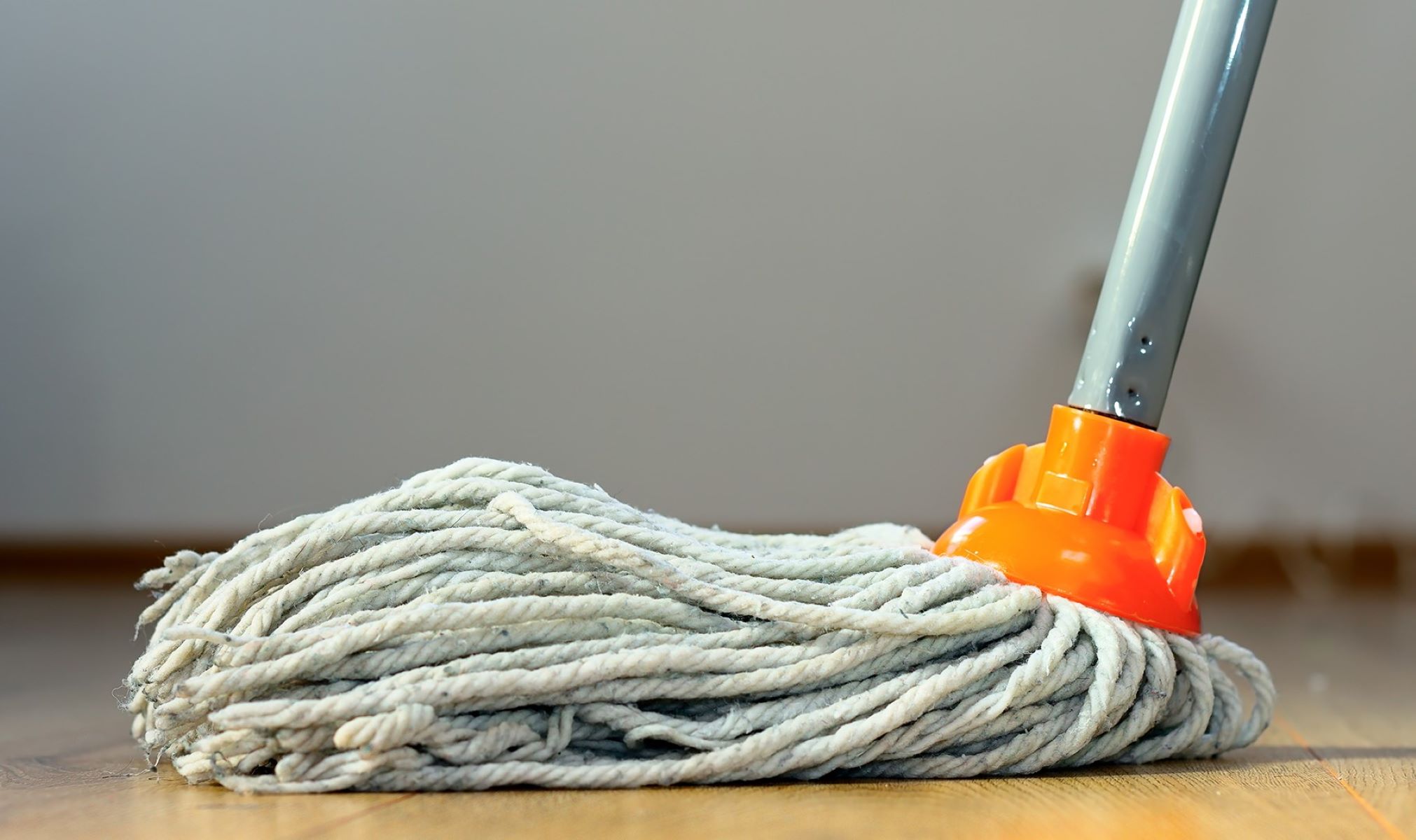
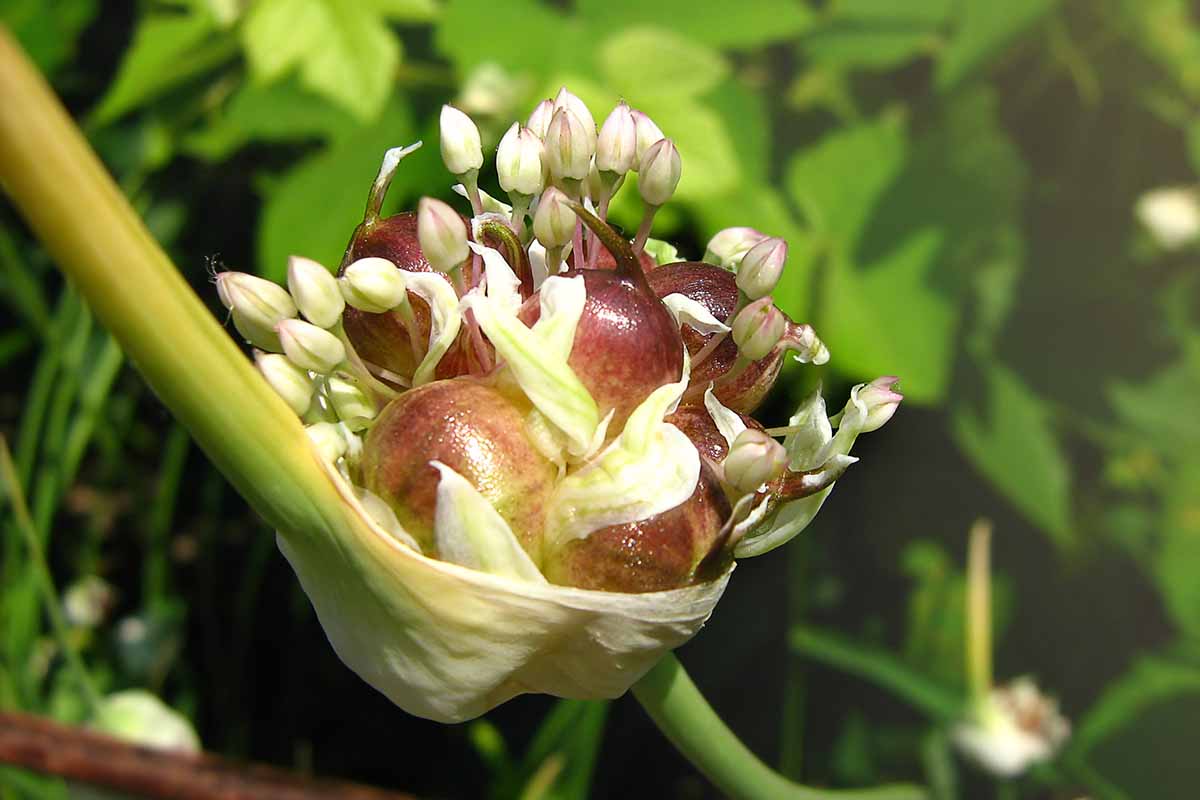

0 thoughts on “Purple Wildflower Whose Leaves Look Like Lavender”